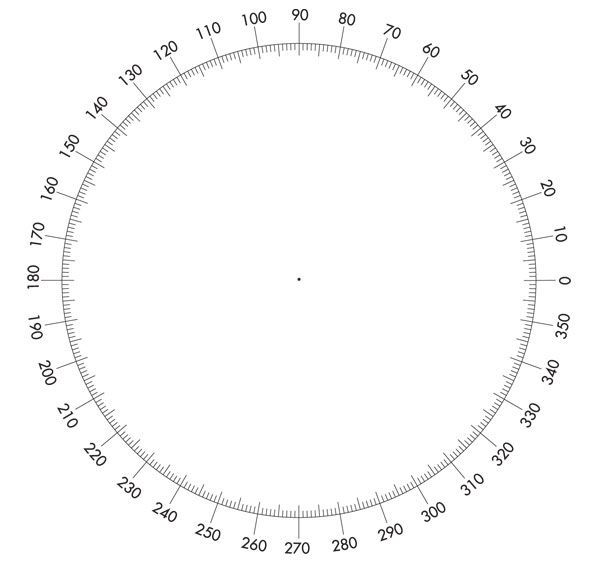Missing from the NSW Syllabus
- Jonno

- Oct 23, 2023
- 2 min read
During my first year of studying mathematics at university, matrices were introduced as a tool for solving systems of equations with multiple variables. However, while researching the mathematics curricula of Victoria and Queensland, I discovered that matrices serve various practical purposes, even though they are missing from the NSW syllabus.
One particularly fascinating application of matrices is the "Leslie" matrix, a transition matrix employed in biology to model the age distribution of animal populations. In this instance, I'd like to illustrate the use of a Leslie matrix by examining a hypothetical animal population.
Hypothetical Animal Population
Imagine a hypothetical animal population comprising three age classes:
- Juvenile stage (0-2 years old), animals do not reproduce, birth rate of 0.
- Subadult stage (2-4 years old), each animal produces 2 offspring.
- Adult stage (4+ years old), each animal produces 4 offspring.
Survival rates are as follows:
- Juveniles have an 80% chance of surviving to the subadult stage.
- Subadults have a 90% chance of surviving to the adult stage.
- Adults do not survive to the next generation.
To initiate our analysis, let's assume we begin with two juveniles.
Will this population increase or decrease over time? If it is increasing, how long until there are 100 animals in total? These are the kinds of questions that a Leslie Matrix can answer. Very cool!
Constructing the Leslie Matrix
We represent this scenario in matrix form using L as the Leslie matrix and P0 as the initial population matrix:
L = | 0 2 4 |
| 0.8 0 0 |
| 0 0.9 0 |
P0 =| 2 |
| 0 |
| 0 |
To calculate the population in the next generation (P1), we multiply the Leslie matrix (L) by the initial population vector (P0):
P1 = L * P0
On completing this matrix multiplication we find:
P1 = | 0 |
| 1.6 |
| 0 |
Would you like to guess again? The population is currently at 1.6 animals aged 2-4 years old. Let's compute the next step:
P2 = L * P1
P2= | 3.2 |
| 0 |
| 1.4 |
Now the population appears to be increasing. To continue testing we can in fact compute L to the power of n where n is the number of time periods. On doing so we find that the population reaches 100 somewhere between the seventh and eighth generation. And while some populations reach an equilibrium state, this animal population looks to increase exponentially, not unlike a rabbit population.
Conclusion
Leslie matrices are extremely helpful in the field of population biology, allowing researchers to anticipate how age-structured populations evolve over time. By incorporating birth and survival rates across various age groups, Leslie matrices offer profound insights into population dynamics. Their applications extend to ecology, wildlife management, and conservation, aiding scientists in making informed decisions concerning population control and preservation.
With a fresh perspective on matrices and their practical significance, it's clear that these mathematical tools have the potential to transform our understanding of real-world phenomena, even if they've yet to find their place in the NSW curriculum.




Comments